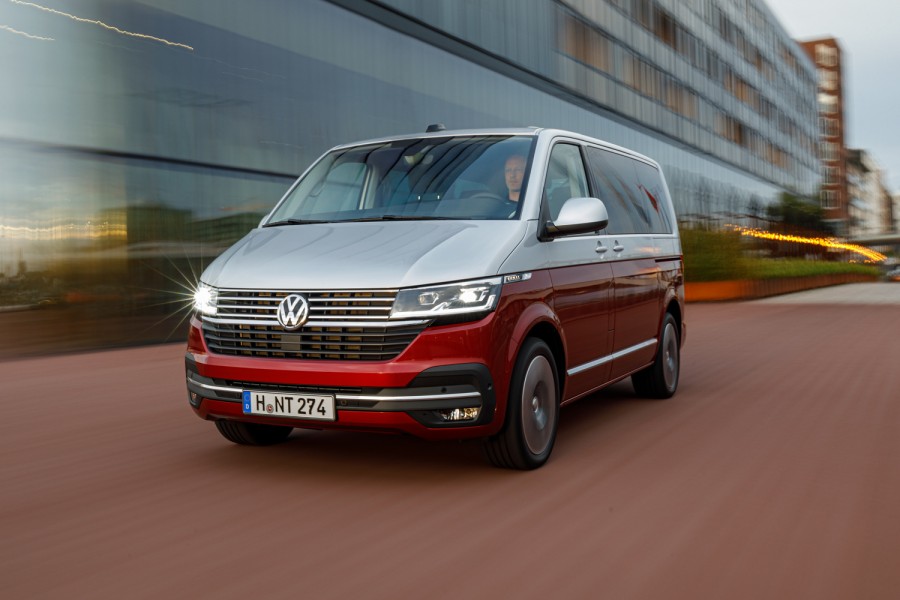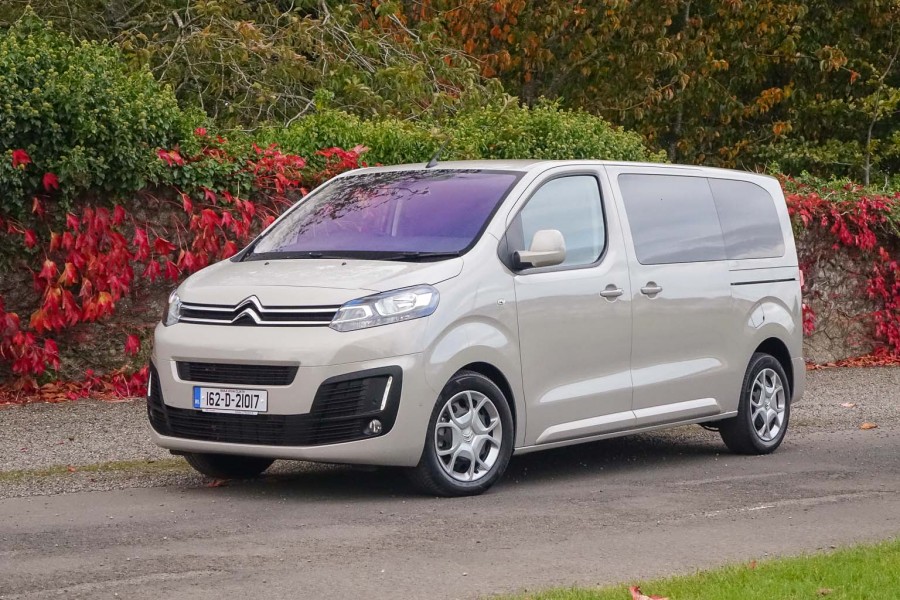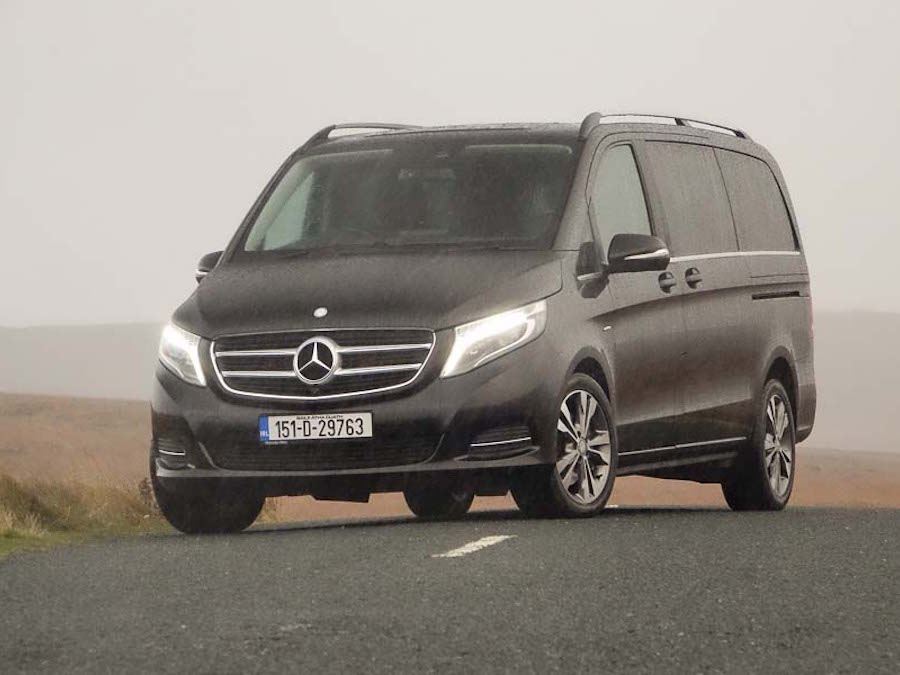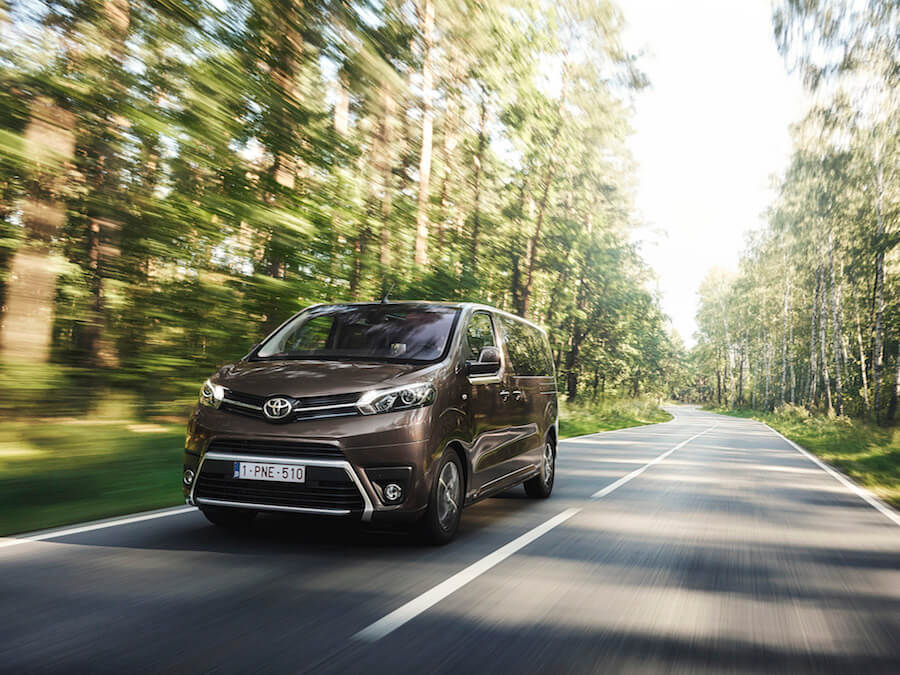The Volkswagen Transporter range has come in for a significant mid-life update that will see it continue for several more years before a brand new vehicle is created. If you're more about moving people than pallets, the Volkswagen Caravelle offers as much seating as it does versatility. The new Caravelle, or Caravelle 6.1 if you're into that kind of thing, gets as many updates inside as it does outside.
In the metal
It's not an all-new version, but the Volkswagen Caravelle does receive quite a few updates. Some are easy to spot, like the front-end styling revisions that introduce a larger grille design replicating that of other Volkswagen models like the T-Cross, T-Roc and Touareg. The lower front bumper section of the Caravelle also gets a more stylish appearance. Having listened to its customers, Volkswagen has upgraded the standard headlights to H7 units, improving visibility at night.
Optionally, buyers can specify a trendy two-tone paint scheme for the Volkswagen Caravelle. Whereas its predecessor was available with a similar red and white paint theme, this newer version receives an update of sorts and offers a silver and darker red. It looks good, though some buyers may prefer to stick with a more conservative hue. There is a total of seven two-tone schemes available, along with six new exterior colours and six new wheel designs. Higher spec models feature chrome trim that runs around the lower section of the bodywork. Another feature that some might spot is the aerial box at the leading edge of the roof. This unit incorporates the e-call feature that is also now a standard item across the Caravelle and Transporter ranges.
Just as significant is the updates to the interior, featuring a new dashboard design, improved materials quality and better connectivity options. At the highest specification grade, the dashboard includes the same 10.25-inch 'Digital Cockpit' instrument display that features in the Volkswagen Passat. Users can adjust the layout of this display to show driving data or full-screen mapping information from the navigation system.
Four different infotainment options are available. These start with a basic radio and display with Bluetooth connectivity. The Composition Colour MIB2 system uses a 6.5-inch colour screen with USB and smartphone integration via Apple CarPlay and Android Auto. There will also be the choice of a larger 8.0-inch unit or the company's latest Discover Pro MIB3 system that uses a 9.2-inch glass display. One other useful feature is the option of a wireless charging pouch for smartphone devices. Its design is such that it can hold the device in place, ensuring that it charges properly. There are two USB-C ports above it and two 12-volt sockets. Usefully, the infotainment system allows for wireless Apple CarPlay operation and, from 2020, Android Auto will do the same.
The rest of the Caravelle's interior is mainly as it was before, with a variety of seating options and accessibility via sliding doors on both sides. Optionally these can be powered electrically, and there are some new conveniences such as a child lock that is activated electrically from the dashboard rather than manually via the key.
Driving it
Its interior has come in for a total overhaul, but the Volkswagen Caravelle remains highly ergonomic from a driver's perspective. The driving position is high with plenty of adjustment for the seat and the steering wheel (rake and reach). A dashboard-mounted gear selector is well placed, and forward visibility is mostly unobstructed.
Partially loaded the engine copes quite well, and there is enough torque and pulling power to see it rarely exceed 3,000rpm in urban driving. Having the seven-speed automatic helps, and it acts swiftly and smoothly to move up through the gears and exploit the engine's torque. However, if you're frequently going to be driving with most of the seats filled, and some luggage, then upgrading to the more powerful 199hp engine would be a wise move.
The technical updates to the engines centre around ensuring compliance with current and future emissions regulations. One useful feature Volkswagen is now offering is the ability to manually activate regeneration of the diesel particulate filter (DPF), which would typically happen automatically. However, for drivers frequently doing short distances or driving in cities, this does not always occur automatically. Therefore a button can be added to the dashboard to allow drivers to activate it, which could help prevent unnecessary maintenance issues.
Volkswagen now uses electro-mechanical power steering. In day-to-day driving, there isn't a great deal of difference, so many drivers probably won't notice the change. But this move does enable better driver assistance systems to be added, namely Cross Wind Assist and Lane Assist. At speeds above 80km/h, the Cross Wind Assist automatically activates. Should the van be hit by a sudden gust, the Electronic Stability Control (ESC) will activate one or more of the brakes to help steer against it. If the vehicle begins to drift out of its marked lane at or above 60km/h, the system will counter-steer to correct its course.
However, one aspect that the steering system does need improvement on is its detection of driver inputs. When cruising on a motorway for extended periods without any changes of direction, the system alerts the driver to resume control of the wheel even though they're already gripping the wheel. It is an issue that happens in many such systems and Volkswagen recently introduced a capacitive steering wheel to the updated Passat that appears to remedy the situation. The company needs to either improve the existing calibration or expand the update to other models.
For passengers, the Caravelle provides a good deal of comfort, especially in models with a higher spec.
What you get for your money
It's still too soon for Volkswagen Commercial Vehicles Ireland to confirm pricing for the Caravelle, but prices are expected to increase by about three per cent over existing rates. The model range will continue to offer two specification grades, Comfortline and Highline, and there will be the choice of short and long wheelbase versions.
The level of standard equipment has increased to include additional safety features like Cross Wind Assist. Improved headlights and the option of full-LED units on higher spec models is a plus, while inside, the cabin lighting is all-LED now.
Summary
For pure people-moving the Volkswagen Shuttle offers more, but the Caravelle provides a higher quality of finish to the interior through the specification grades available. Its interior versatility makes it just as useful for larger families as it does for businesses.













































